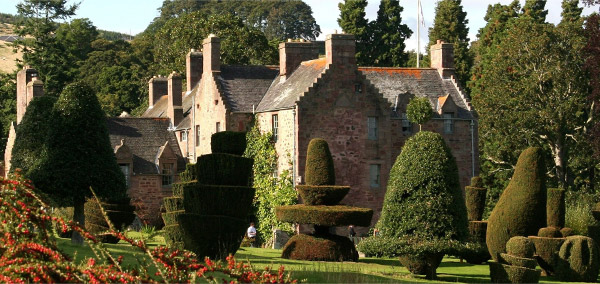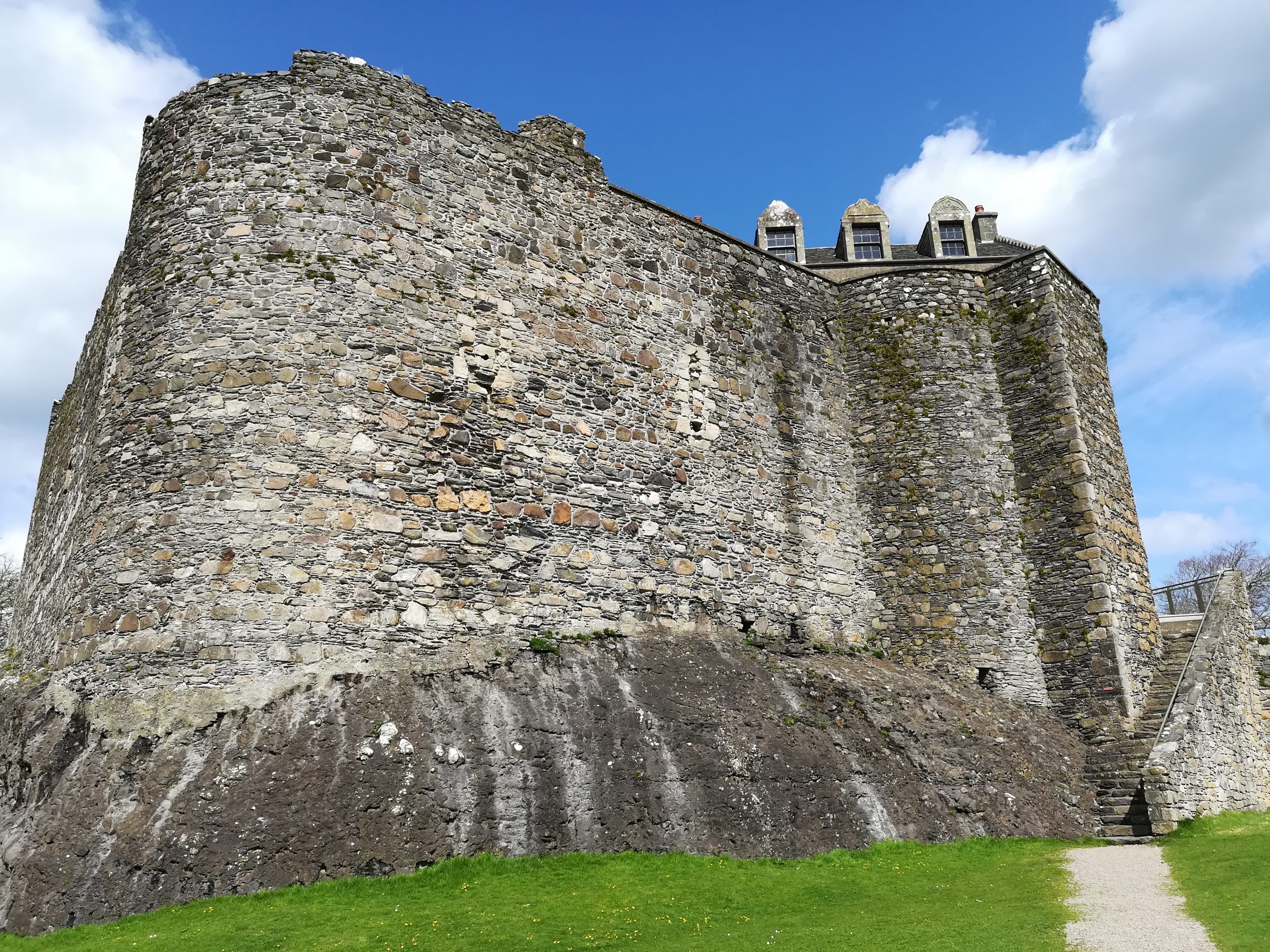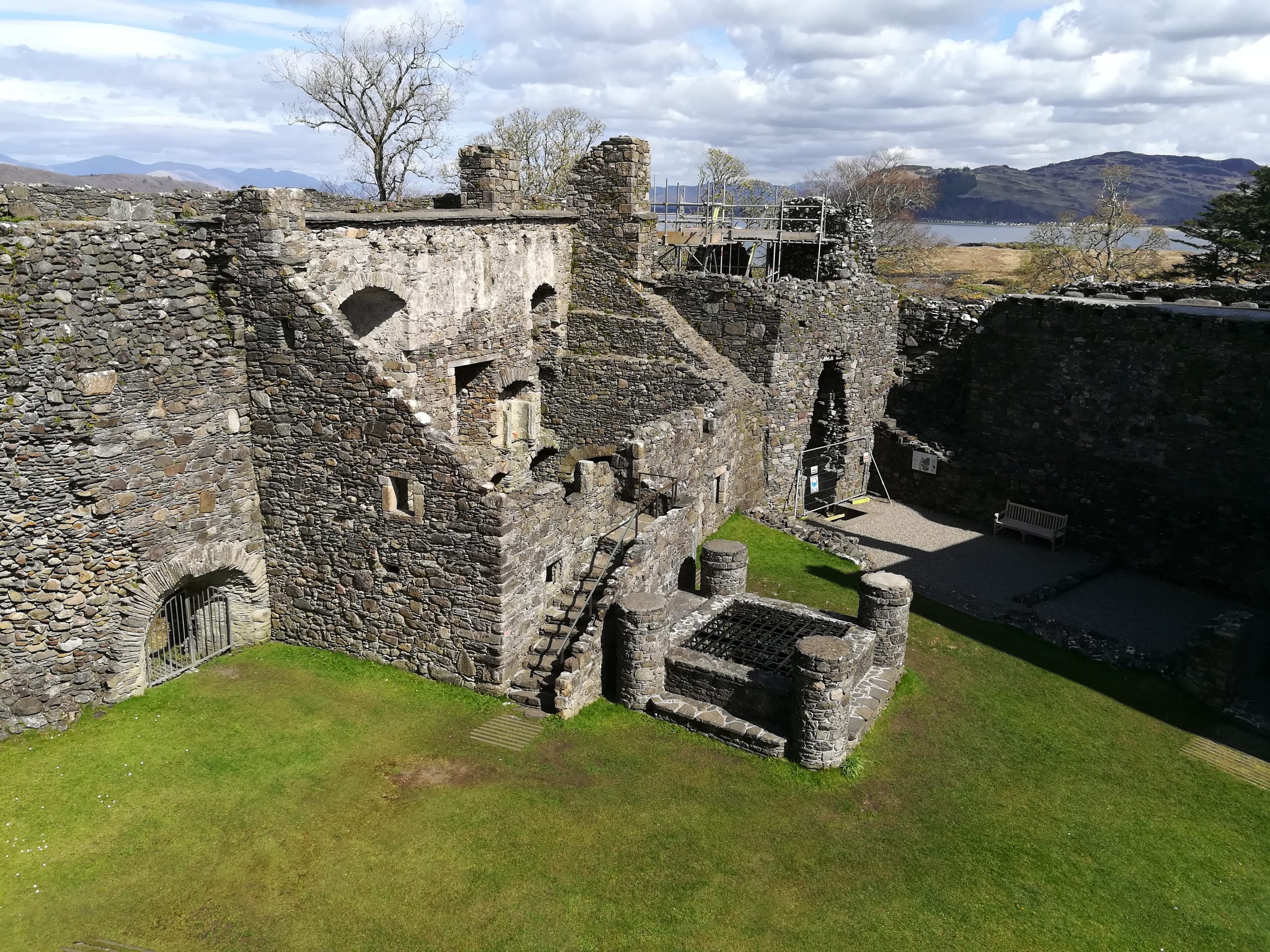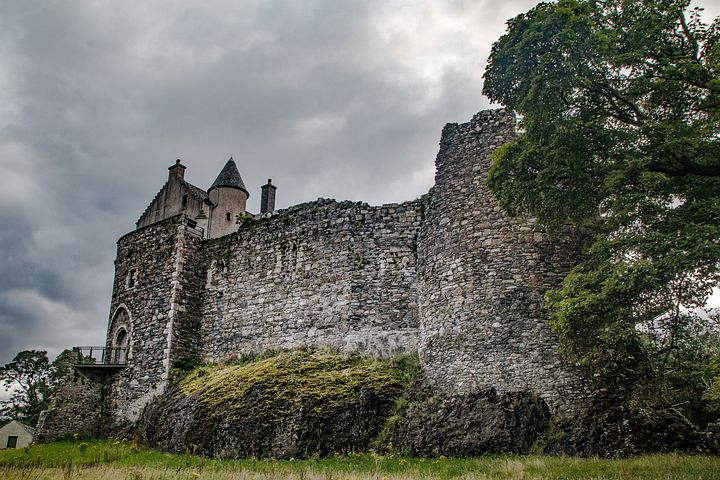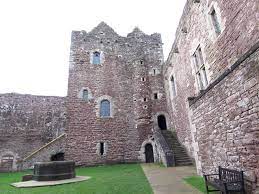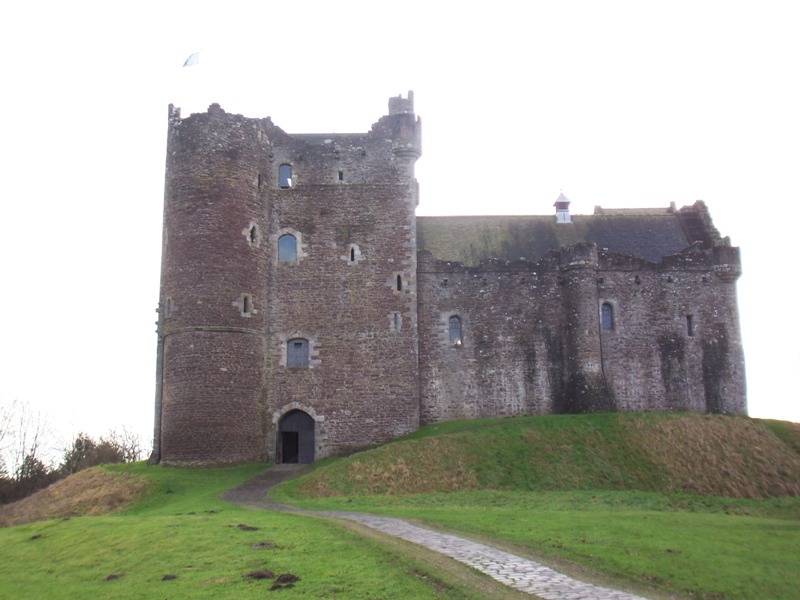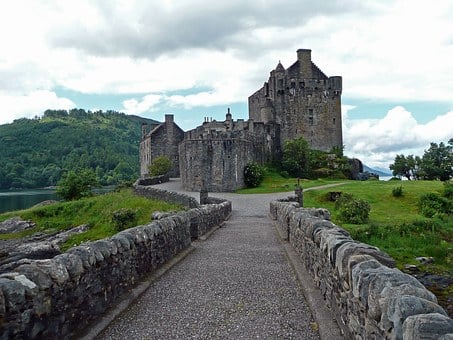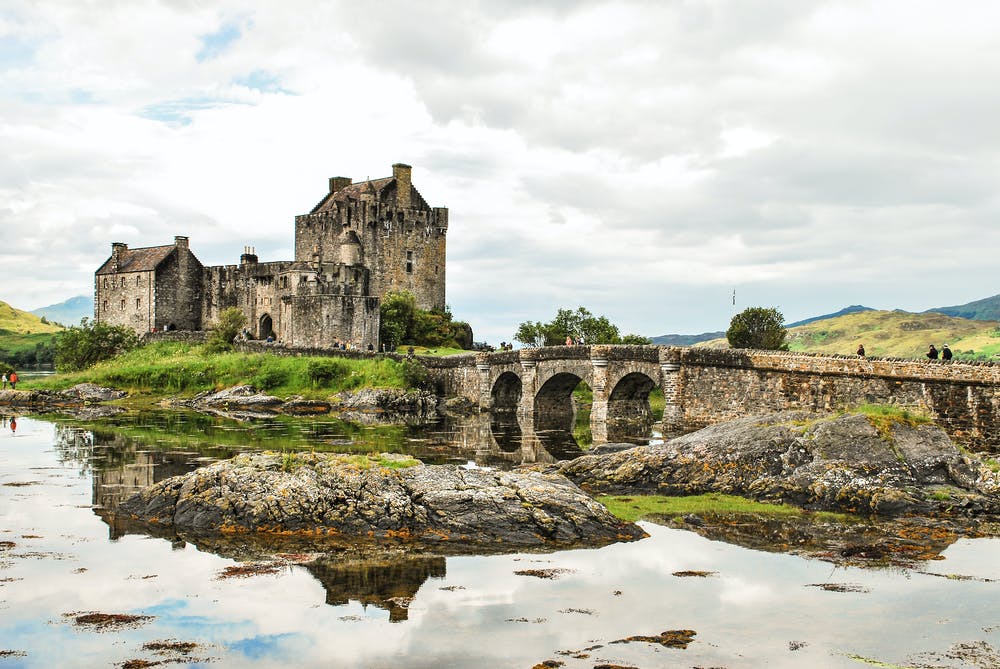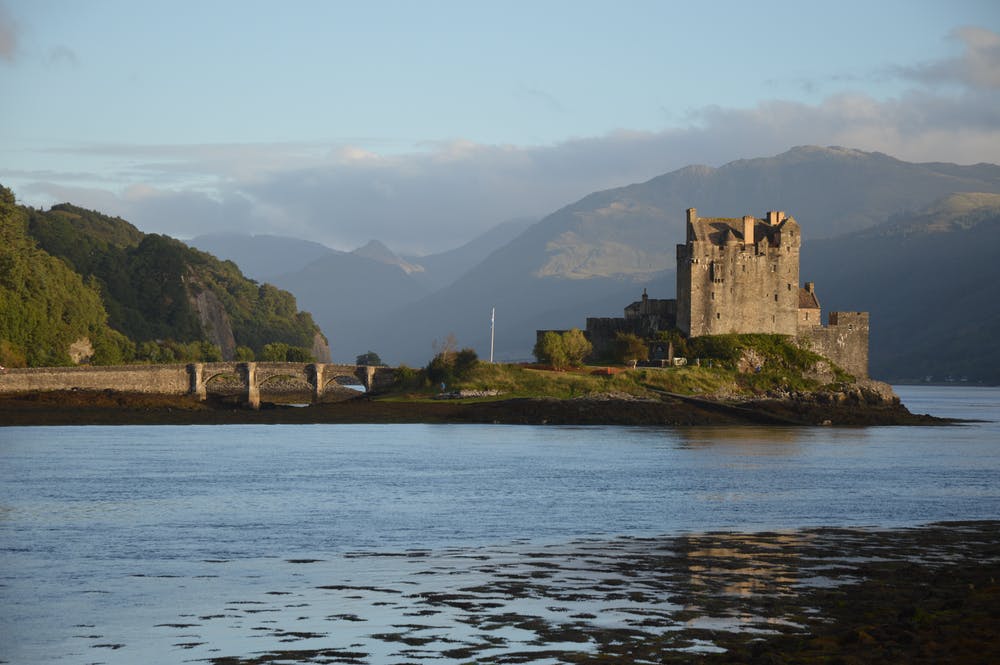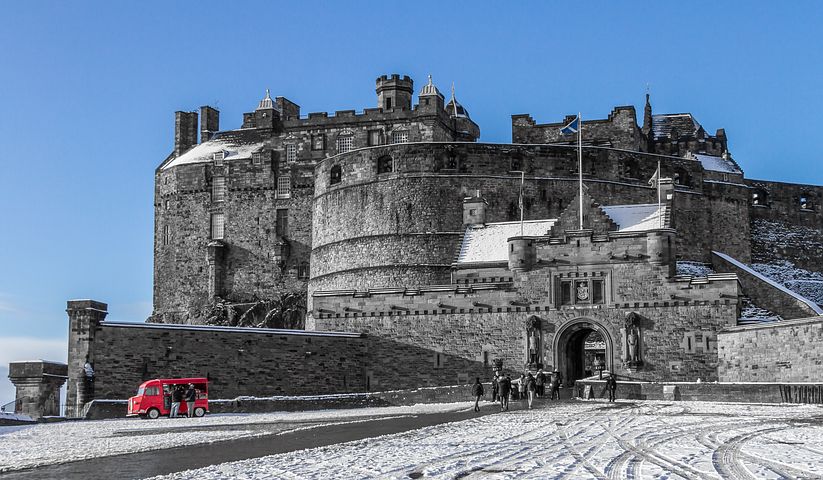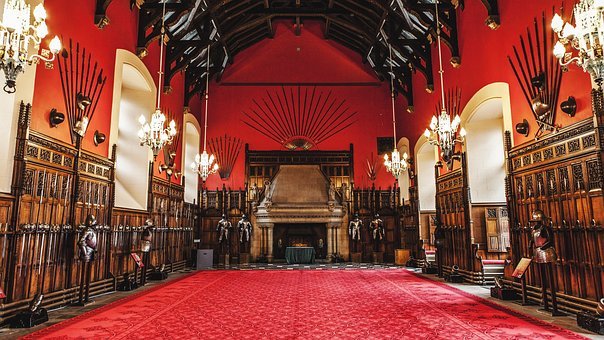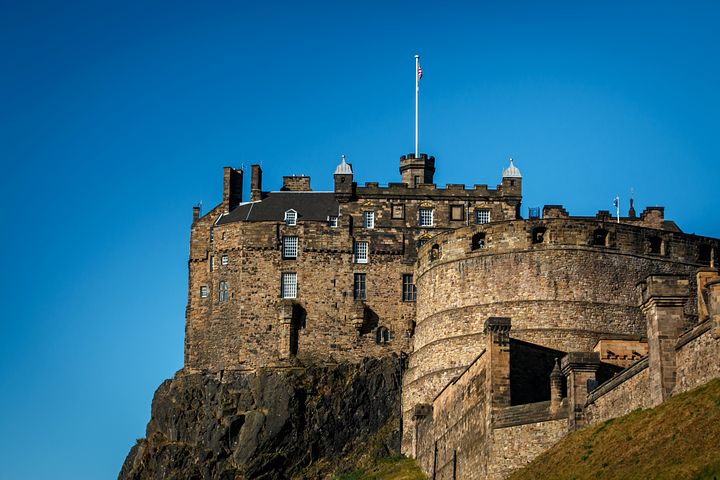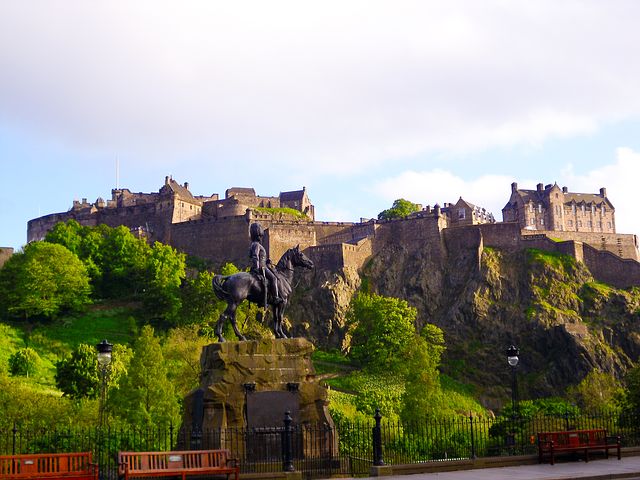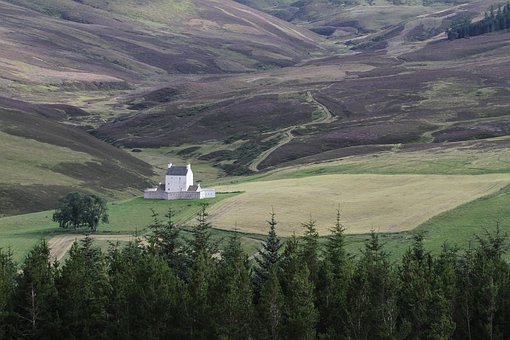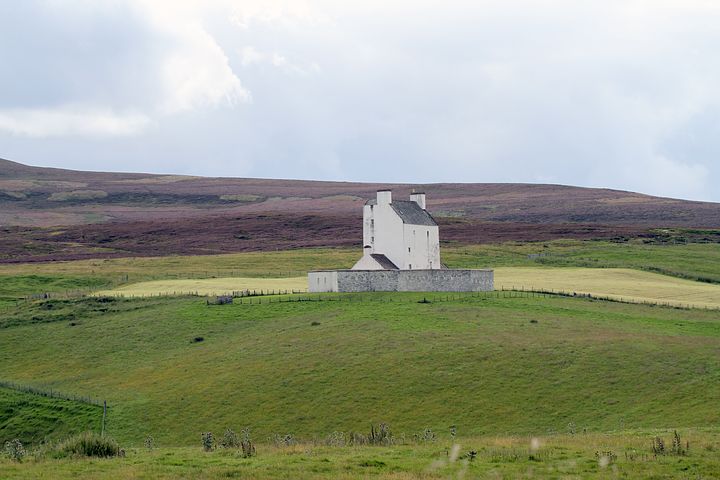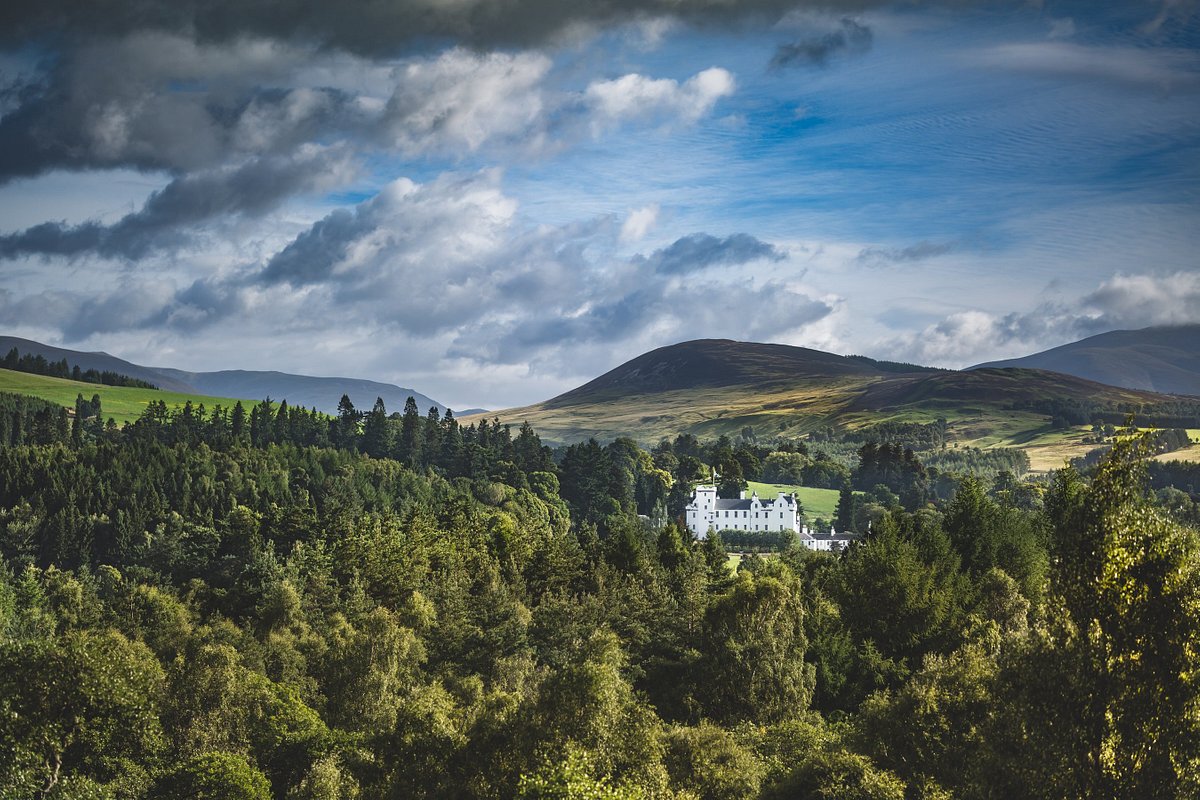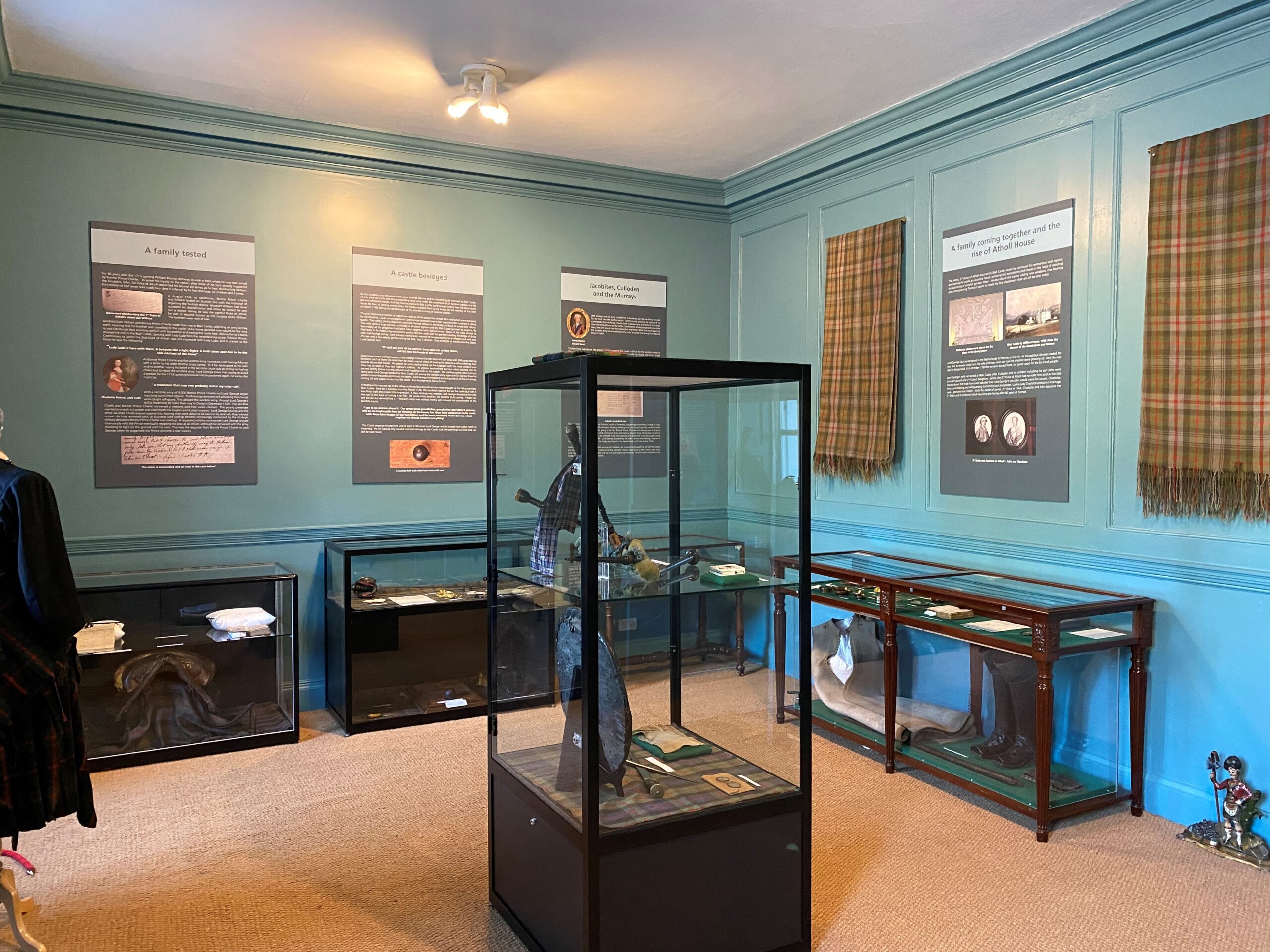This 16th century tower house is the home of the Thriepland family. David Thriepland joined the Jacobite Rising of 1715. James VIII, the Old Pretender, stayed at Fingask twice in 1716 and in 1745 Prince Charles Edward visited the house. David, the elder son, was killed at the Battle of Prestonpans. His brother Stuart was physician to the Prince. The castle was sacked and partially demolished in 1746. Both Prince Charles Edward and his father are said to have approached the castle up the long yew avenue, known as the King’s Walk.
Access
Not usually open to the public. Occasional open days and events.
Website
https://www.fingaskcastle.co.uk/
Contact
Phone: 01821 670 777
email: info@fingaskcastle.com

